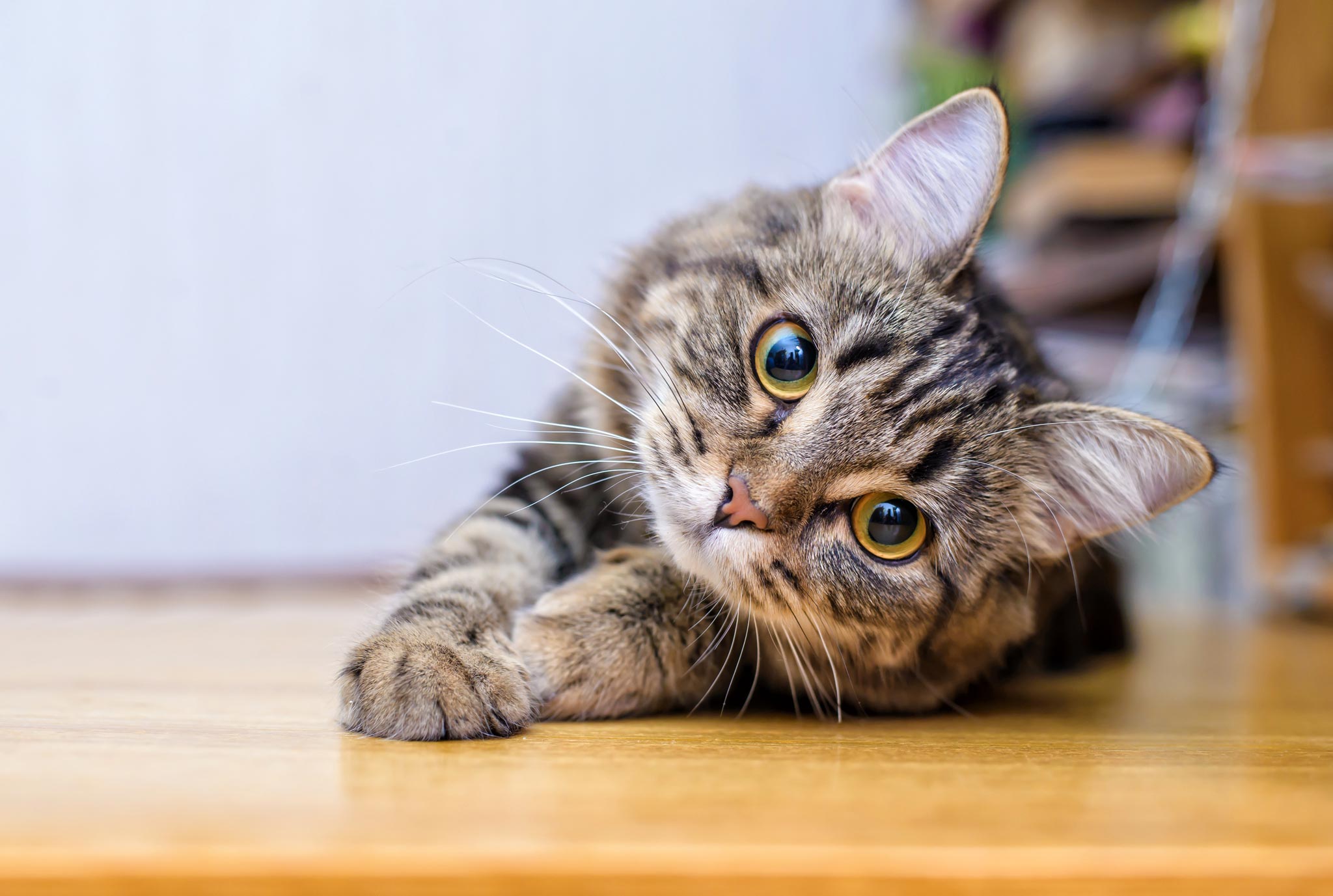Sign and Prevention of Osteoarthritis in Cats

Today, we’re delving into a critical topic: osteoarthritis in cats. This condition can affect our feline companions as they age, often leading to discomfort and reduced mobility. By understanding the signs and exploring preventative measures, we can help our cats lead more comfortable lives. For personalized advice and treatment options, don’t hesitate to call us at (303) 850-9393 to schedule an appointment.
Recognizing the Signs of Osteoarthritis in Cats
Behavioral Changes and Physical Signs
Osteoarthritis, a degenerative joint disease, can be challenging to detect in cats. Early detection is key to managing this condition effectively. Look for changes in your cat’s behavior, such as decreased activity, reluctance to jump or climb, and noticeable stiffness, especially after resting. You might also notice your cat grooming less frequently or over-grooming specific areas, which could be a sign of discomfort.
Subtle Changes in Movement and Posture
Pay close attention to your cat’s movement and posture. Cats with osteoarthritis may exhibit a reduced range of motion, limp, or show discomfort when being touched in certain areas. These subtle changes can be early indicators of joint issues.
Vocalizations and Altered Habits
Cats are adept at hiding pain, but increased vocalizations or changes in litter box habits can be telltale signs of discomfort. If your cat is meowing more than usual or avoiding the litter box due to pain when climbing in, it’s time to consult a veterinarian.
The Role of Solensia in Managing Feline Osteoarthritis
Solensia, a recently approved medication, has shown promising results in managing pain associated with osteoarthritis in cats. It targets a specific nerve growth factor linked to pain, offering relief and improving quality of life. While Solensia is not a cure for osteoarthritis, it significantly reduces discomfort, allowing cats to move more freely and engage in daily activities with less pain.
Strategies for Preventing Osteoarthritis in Cats
Weight Management and Diet
Maintaining a healthy weight is crucial for preventing joint stress in cats. Overweight cats are more prone to developing osteoarthritis. A balanced diet, tailored to your cat’s age and health needs, plays a pivotal role in weight management. Regular check-ups at Festival Animal Clinic can help monitor your cat’s weight and dietary needs.
Regular Exercise and Environmental Modifications
Regular, gentle exercise helps keep your cat’s joints mobile and muscles strong, reducing the risk of osteoarthritis. Additionally, consider making environmental modifications like providing step stools or ramps to make climbing easier for older or arthritic cats.
Routine Veterinary Care and Joint Supplements
Regular veterinary check-ups allow for early detection and management of osteoarthritis. Joint supplements might also be recommended to support joint health. Remember, it’s essential to consult with a vet before starting any new supplement.
Schedule an Appointment at Festival Animal Clinic
Osteoarthritis in cats is a manageable condition, especially with early detection and the right care. By recognizing the signs, considering medications like Solensia, and implementing preventative strategies, you can help your cat enjoy a comfortable and active life. If you suspect your cat might be showing signs of osteoarthritis or for more information on managing this condition, call Festival Animal Clinic at (303) 850-9393 to schedule an appointment. We’re here to provide the care and support your cat needs for a healthier, happier life.
